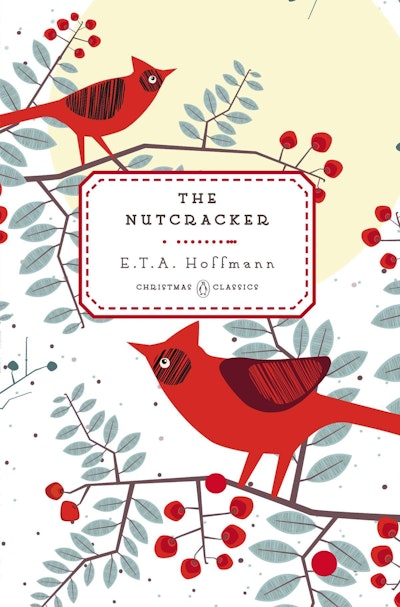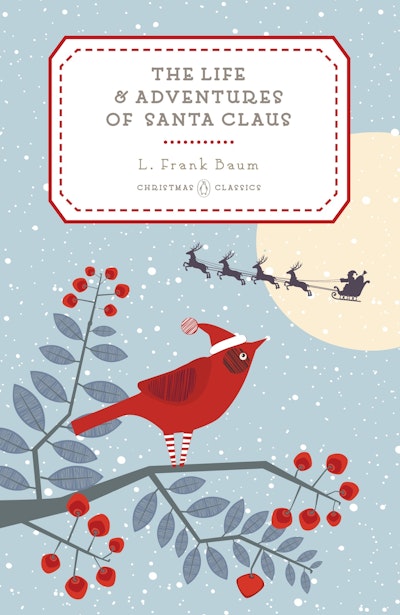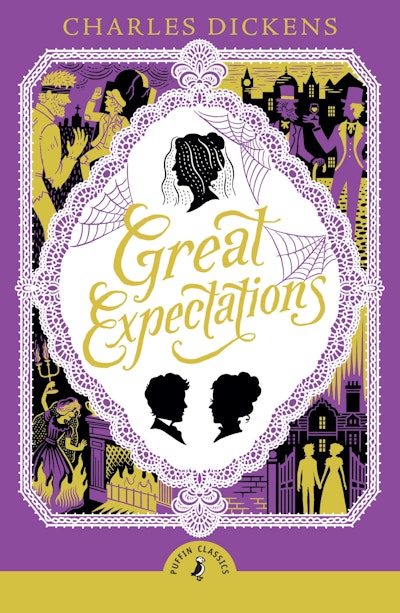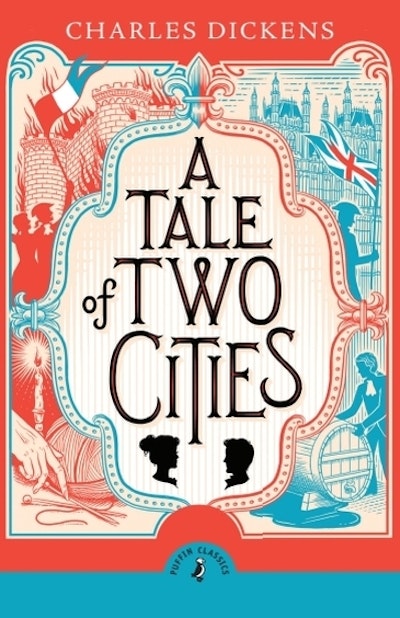- Published: 6 September 2012
- ISBN: 9781448155392
- Imprint: Vintage Digital
- Format: EBook
- Pages: 160
A Christmas Carol
- Published: 6 September 2012
- ISBN: 9781448155392
- Imprint: Vintage Digital
- Format: EBook
- Pages: 160
A little masterpiece...irresistible
Sunday Express
A story which, perhaps more than any other, sums up the spirit of the British Christmas
Sunday Telegraph
It has it all: a spooky ghost story, a heartwarming redemption and a great plot with a satisfyingly ending
The Times
Marley's ghostly face on the knocker of Scrooge's door still gives me the shivers
Michael Morpurgo, Independent
So what makes these different to any other set of classics? In a moment of inspiration Random House had the bright idea of actually asking Key stage 2 children what extra ingredients they could add to make children want to read. And does it work? Well, put it this way...my 13-year-old daughter announced that she had to read a book over the summer holiday and, without any prompting, spotted The Boy in the Striped Pyjamas...and proceeded to read it! Now, if you knew my 13-year-old daughter, you would realise that this is quite remarkable. She reads texts, blogs and tags by the thousand - but this is the first book she has read since going to high school, so all hail Vintage Classics!
National Association for the Teaching of English





































